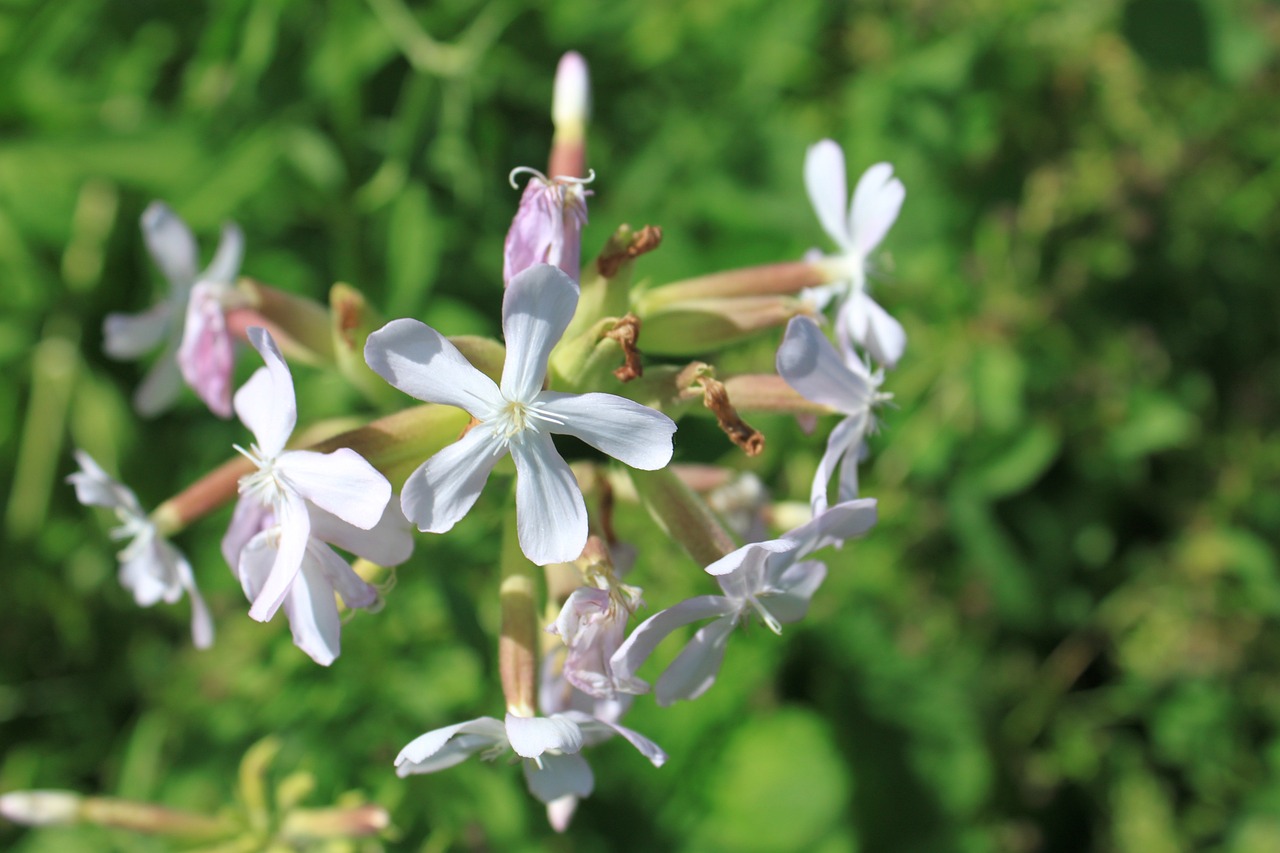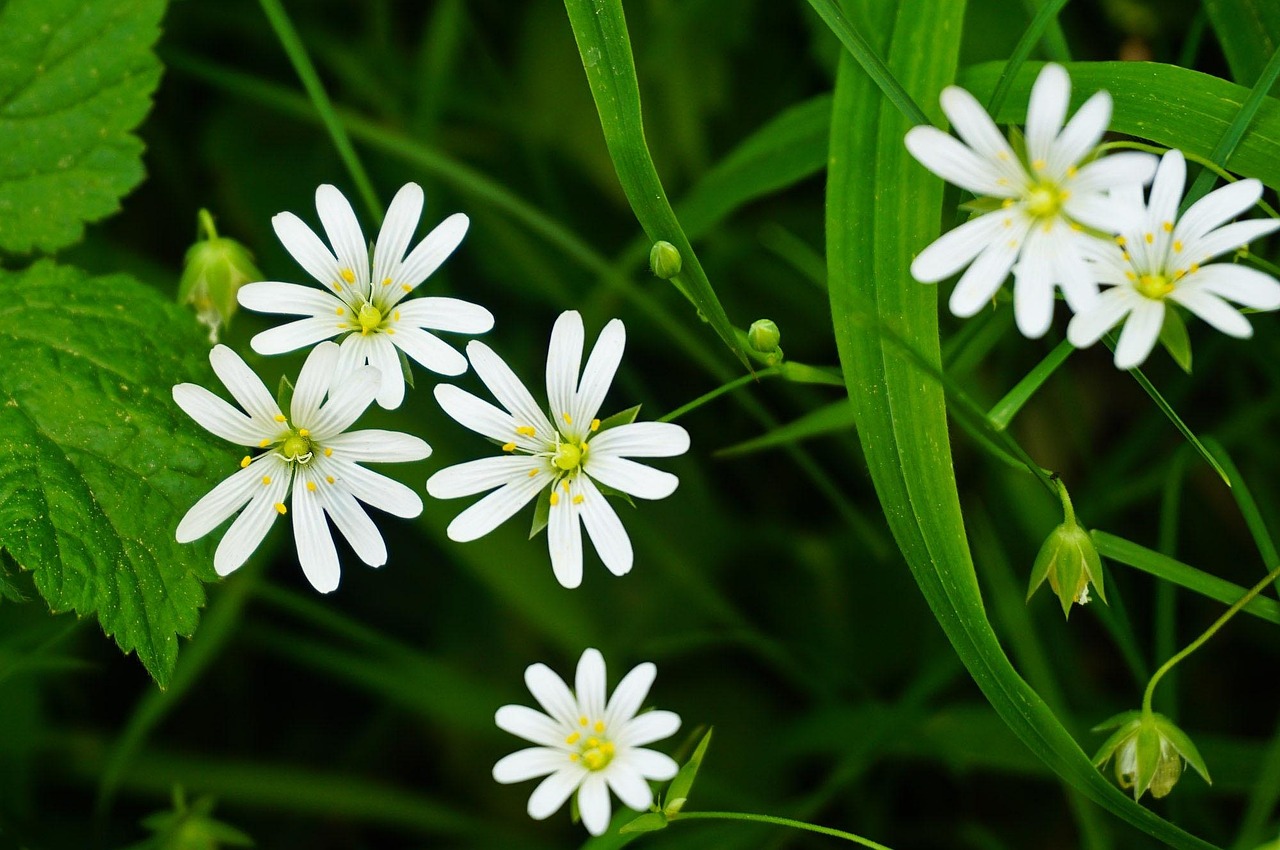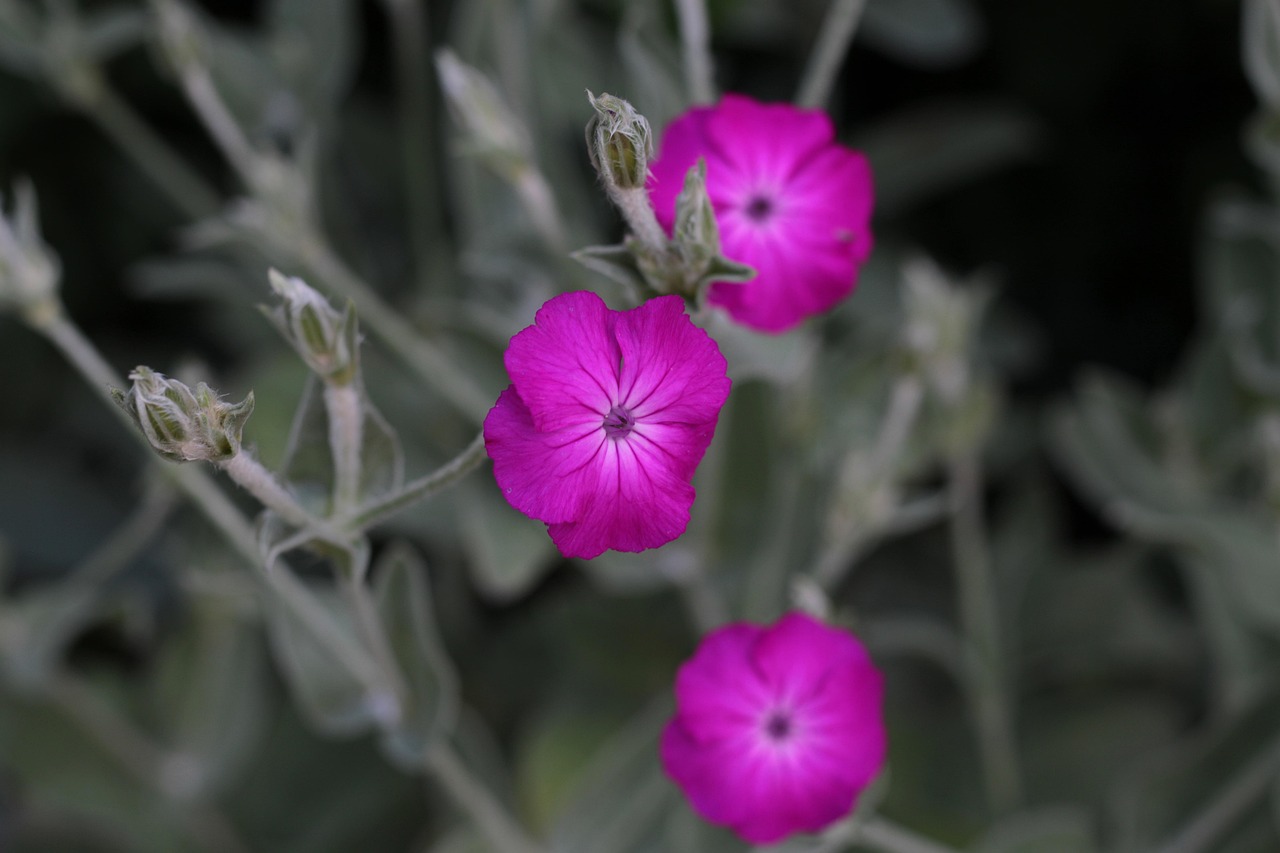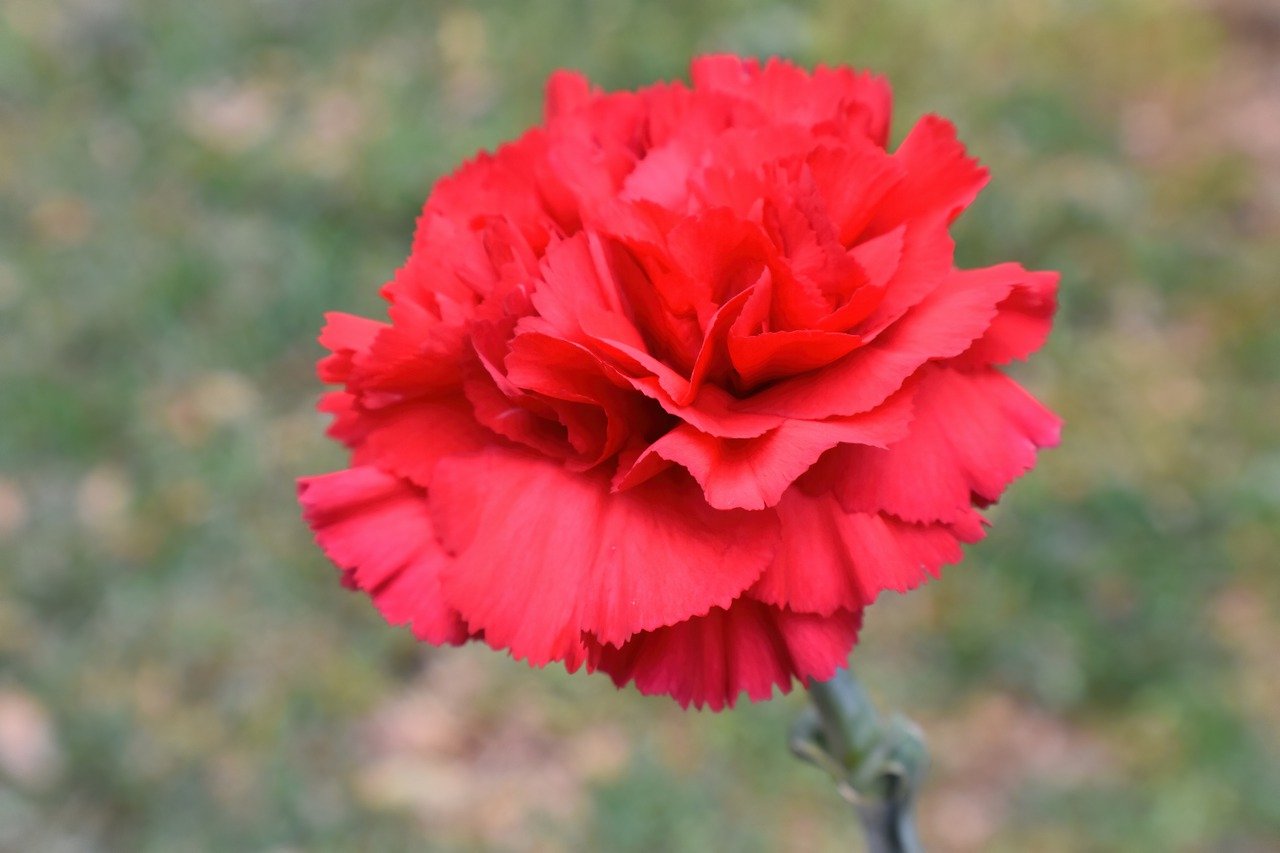Arenaria | A Delicate Gathering of Tiny Flowers Blooming Among Rocks
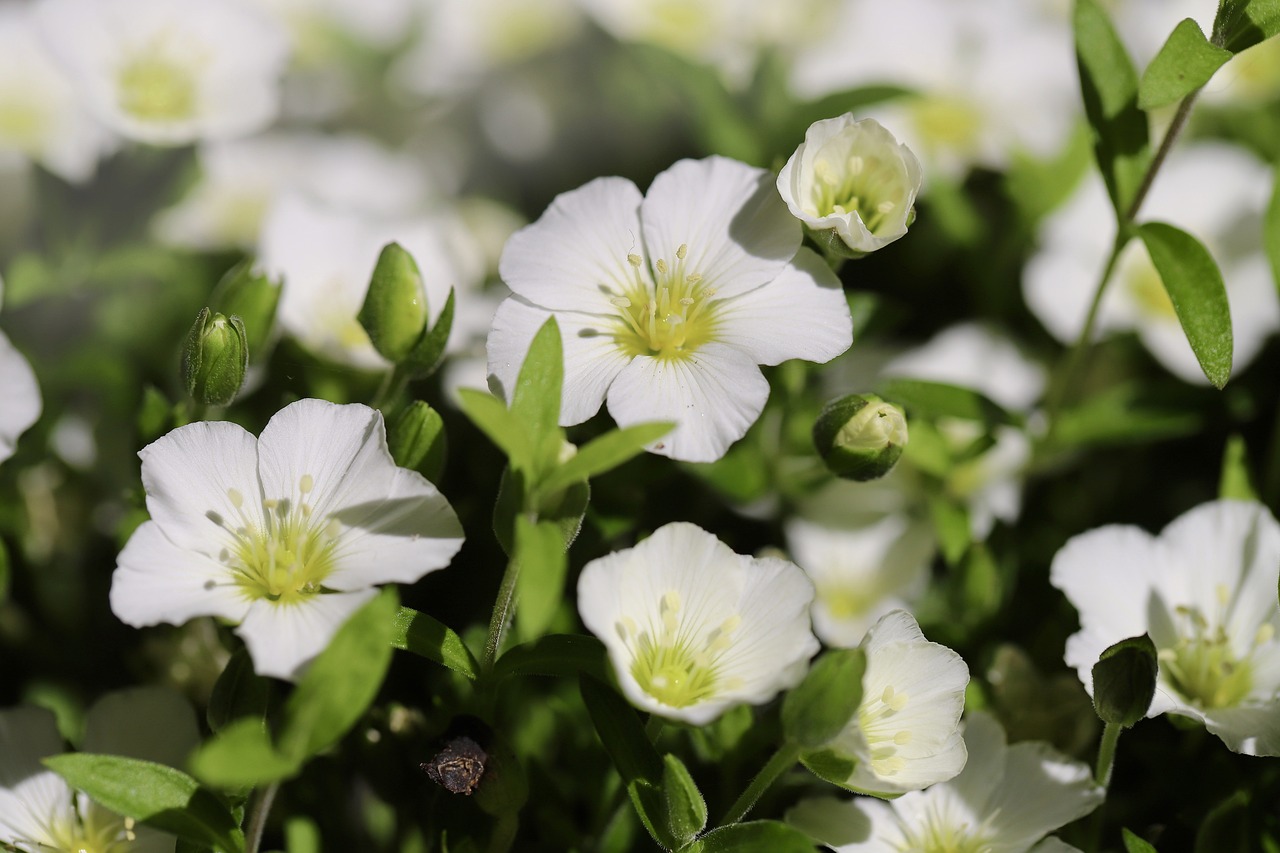
Arenaria is a perennial plant characterized by its small, white flowers, and it is highly valued as ground cover.
It thrives even in dry environments such as sandy soils and rocky areas, bringing a fresh and pure impression to the garden.
In this article, I will introduce in detail the basic information about Arenaria, its cultural background, and practical gardening tips.
Basic Information
- Scientific name: Arenaria montana
- Family: Caryophyllaceae (Pink family)
- Origin: Mountainous regions of Europe
- Appearance: Arenaria forms a cushion-like growth with dense, fine leaves, producing small, pure white flowers. The flowers measure about 1–2 cm in diameter and bloom abundantly from spring to early summer. The plant grows low, about 10–15 cm in height, and spreads to cover the ground.
- Blooming season: Mainly from May to July, allowing long-lasting enjoyment of its charming blossoms.
Cultural Characteristics Around the World
Arenaria is widely cherished in Europe, often found in rock gardens and alpine botanical gardens. Due to its hardiness and resilience, it has been regarded as a symbol of mountain landscapes, thriving even in harsh environments.
In garden culture, Arenaria has long been associated with purity and hope, reflecting its graceful and simple appearance.
In European gardening traditions, it is often planted in crevices between stones and rocks, adding delicate beauty to the landscape.
Historical Background
The name “Arenaria” comes from the Latin word arena (sand), referring to its natural growth in sandy and rocky terrains.
In the Alps, Arenaria has long been admired as a plant adapted to severe mountain conditions, beloved by hikers and plant enthusiasts alike.
Historical records also show that European monasteries cultivated Arenaria in their herb gardens as a decorative plant, since it could grow even in dry soil.
Through these traditions, it has established an important place in garden culture.
Gardening Advice
Arenaria prefers sunny locations but can also grow in partial shade. Because of its resistance to drought, sandy, well-drained soil is ideal. It looks especially beautiful when planted in rock gardens or along borders.
Watering should be kept moderate; the plant prefers slightly dry conditions. Avoid excess moisture, particularly during the rainy season, by ensuring good drainage.
It requires little fertilization, though a small amount of slow-release fertilizer in early spring will enhance flowering.
Arenaria is very hardy and can be grown in cold climates. However, it is somewhat weak against hot, humid summers, so ensuring good air circulation is essential.
When planting, loosen the soil well so the roots can establish easily.
Conclusion
Arenaria is a drought-tolerant plant that is highly appreciated as ground cover and in rock gardens.
Deeply rooted in European culture and natural landscapes, its pure white flowers brighten up any garden.
Thanks to its easy maintenance, I recommend incorporating Arenaria into your garden as a lovely accent.

